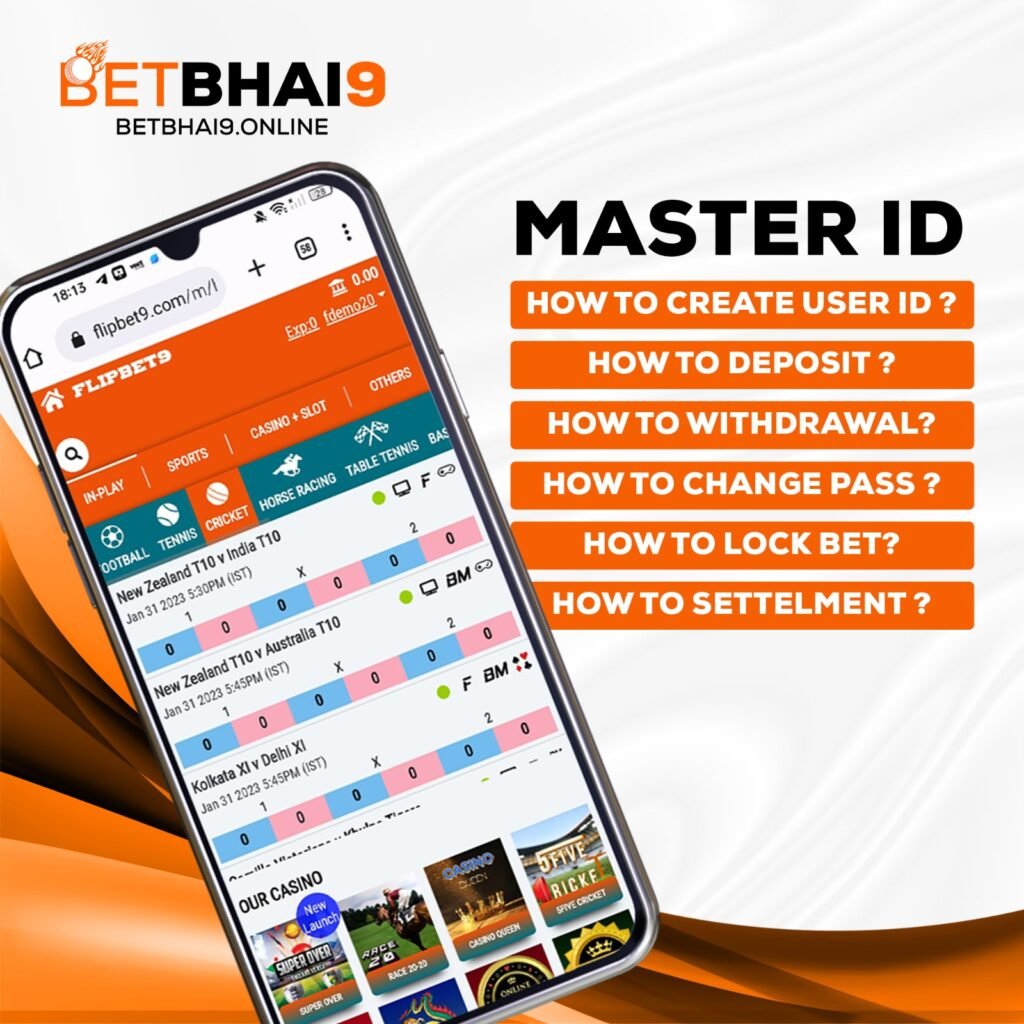
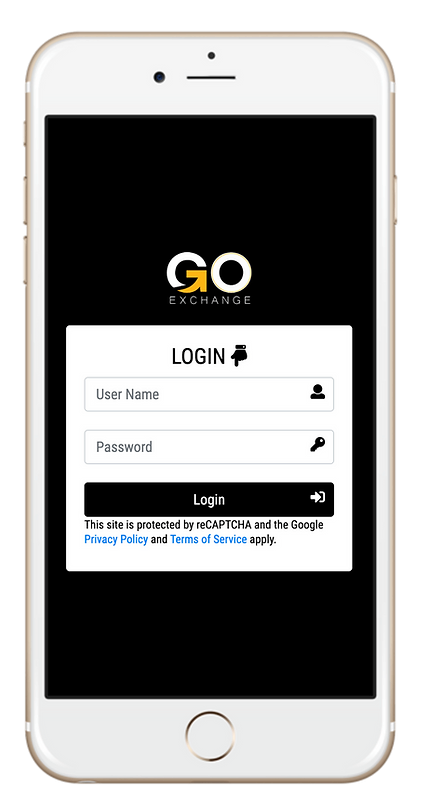





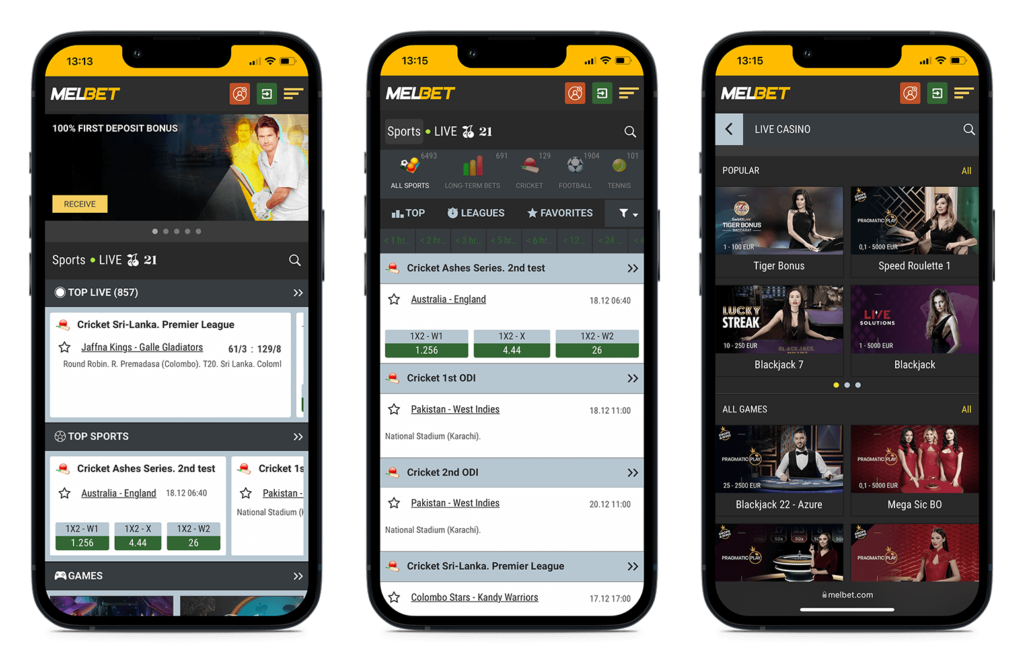

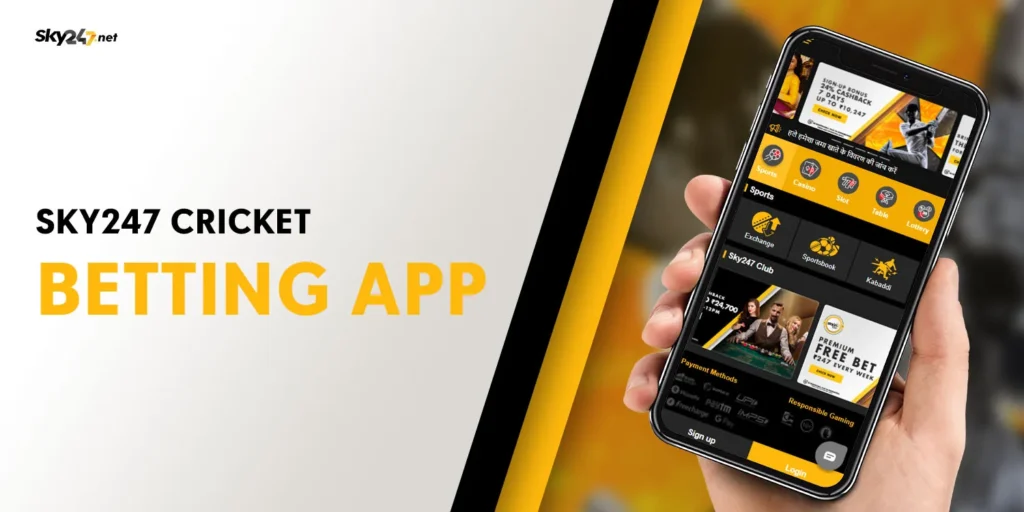
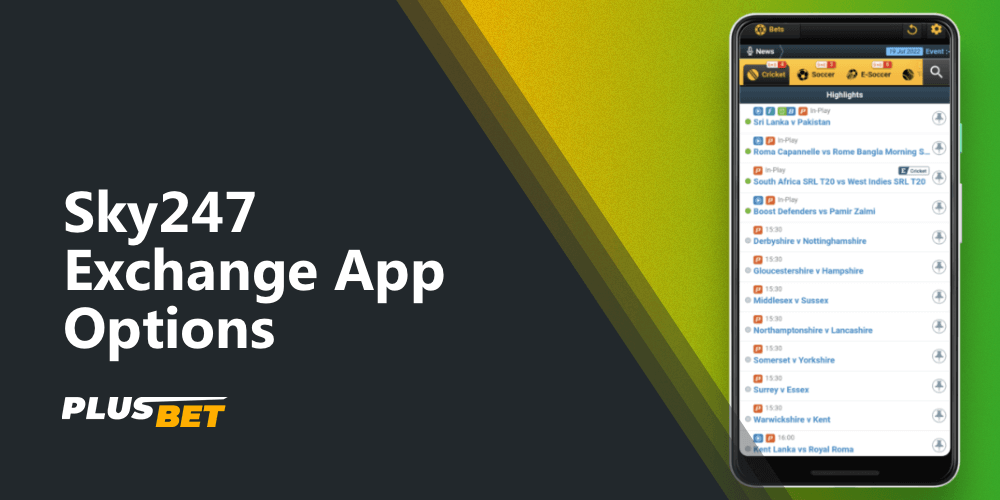

Understanding the Betting Industry
The betting industry is a dynamic and multifaceted sector that encompasses various forms of wagering, such as sports betting, casino games, poker, and online gambling. Each of these segments serves distinct target audiences, ranging from casual bettors to serious gamblers. The evolution of technology has transformed traditional betting practices, leading to the emergence of online betting platforms that cater to a broader demographic, including younger generations who prefer digital interaction.
Market research indicates that the global betting industry is experiencing significant growth, with estimates projecting a continuing upward trajectory in the coming years. Factors contributing to this growth include increased accessibility to betting platforms, the legalization of sports betting in several jurisdictions, and advances in technology that enhance user experience. Developers entering this space should be cognizant of these dynamics, as understanding market size, potential revenue streams, and target demographics is crucial for creating successful betting sites.
The legal landscape surrounding betting is complex and varies greatly across different regions. Many countries have established regulatory frameworks governing betting activities to ensure consumer protection and fair play. As a developer, it is essential to navigate these regulations effectively, as compliance with local laws can significantly impact the functionality and reach of a betting site. Moreover, knowing the legal restrictions can help in designing a product that not only attracts users but also maintains integrity and sustainability in the market.
Emerging trends within the betting industry further underscore the importance of innovation in development. For instance, the integration of cryptocurrencies, the rise of live betting options, and the use of artificial intelligence for personalized betting experiences highlight the need for developers to remain adaptable and forward-thinking. By aligning their strategies with these trends, developers can create competitive and engaging betting sites that resonate well with users.
Key Features of a Betting Site
Developing a successful betting site requires a clear understanding of the essential features that enhance user engagement and overall functionality. Foremost among these is the user registration and authentication process. A seamless registration experience, alongside robust security measures, ensures that users can quickly create accounts while safeguarding their personal information. This feature is paramount as it directly influences user conversion rates and trust.
Another critical element is secure payment processing. Betting sites must incorporate a variety of safe payment methods, enabling users to deposit funds and withdraw winnings easily. Utilizing encryption technology for transactions not only protects user data but also fosters a reliable environment for financial activities, which is vital in retaining customers and encouraging repeat betting.
The breadth of betting options available on the site also plays a significant role in attracting users. Offering a wide range of sports and events allows for greater engagement and caters to diverse interests. Additionally, the implementation of live betting interfaces enhances the excitement for users, enabling them to place bets in real-time as events unfold. Such features are increasingly popular and can significantly impact user satisfaction.
An equally important aspect involves the odds calculation algorithms. Accurate and timely odds are crucial for competitive betting, as they influence user decisions and potential payouts. Developers should create algorithms that calculate odds efficiently, reflecting real-time data to ensure fair play.
Lastly, user interfaces tailored for both mobile and desktop platforms are vital for accessibility and ease of use. A responsive design that adapts to various devices ensures users can engage with the site seamlessly, whether they are at home or on the go. By prioritizing these key features, developers can create a betting site that not only meets user expectations but also drives operational success.
Choosing the Right Technology Stack
When developing a betting site, selecting the right technology stack is crucial for achieving an optimal balance between scalability, security, and performance. The technology choices made during the development process significantly impact the application’s ability to handle concurrent users and process transactions effectively. A robust technology stack ensures not only a seamless user experience but also provides the foundation for future enhancements and integrations.
Among the popular programming languages used in web development, Node.js stands out due to its non-blocking architecture that supports real-time applications effectively. This is particularly important in the betting industry, where users expect instantaneous data updates. Similarly, Python is a favored choice for its simplicity and a vast array of libraries that facilitate rapid development and data handling. It is also worth noting that Python frameworks, such as Django and Flask, offer robust security features essential for protecting sensitive user information.
On the other hand, Ruby on Rails is well-known for its convention over configuration philosophy, enabling developers to build applications swiftly. Its built-in security features and a well-structured design make it suitable for projects that require high levels of integrity and reliability, which are paramount for a betting site.
Furthermore, the choice of database technology is critical when addressing the needs of a betting platform. Relational databases such as PostgreSQL or MySQL are conventional choices for transaction management, while NoSQL databases like MongoDB offer flexibility in handling diverse data types, benefiting sites with dynamic content. It is imperative to select a database that not only supports scaling as user demand grows but also ensures swift processing of transactions and retrieval of user data.
Overall, the decision regarding the technology stack—encompassing programming languages, frameworks, and database technologies—should be driven by the specific needs of the betting site, ensuring both a secure environment and an excellent user experience.
Integrating Betting APIs
The integration of betting APIs plays a critical role in the development of contemporary betting sites. These Application Programming Interfaces serve as essential components that facilitate real-time communication between the betting platform and various service providers. One of the most vital functionalities of betting APIs is the delivery of up-to-date data regarding odds and betting markets. This real-time information is crucial for users who expect a seamless and dynamic betting experience, allowing them to make informed decisions based on current events in the sports world.
In addition to providing odds and betting market data, betting APIs also enhance the user experience by incorporating functionalities such as geolocation services and KYC (Know Your Customer) procedures. Geolocation capabilities ensure that users are compliant with regional regulations by confirming their location, which is integral to operating legally within various jurisdictions. Consequently, betting sites can adhere to local laws while also providing secure and personalized user experiences. KYC functionalities are significant for maintaining the integrity of the platform; they help verify the identities of users and prevent fraudulent activities, building trust among players.
Selecting reliable API providers is paramount in ensuring the effective operation of a betting site. Factors to consider include the provider’s reputation, the scope of features offered, responsiveness, and the technical support available. Additionally, it is essential to evaluate the ease of integration and whether the APIs meet the specific needs of your betting platform. A thoughtful selection process combined with careful integration planning will ultimately lead to a more efficient and responsive betting environment, enhancing both operational capabilities and user satisfaction.
Designing the Betting Site Interface
Creating a user-friendly interface for betting sites is crucial for ensuring a seamless user experience. One of the primary principles of user experience design is to prioritize simplicity and clarity. A cluttered interface can overwhelm users and lead to abandonment. Hence, employing a clean layout with clear categories and appropriately sized buttons can significantly enhance usability. It is advisable to use whitespace effectively, as this helps in guiding the user’s eye toward important elements without distraction.
In today’s mobile-centric world, responsive design is imperative. Betting sites must be optimized for various screen sizes, ensuring that the interface adapts from desktop to tablet to smartphone seamlessly. Using fluid grid layouts and flexible images can provide a consistent experience across devices. Frameworks like Bootstrap or Foundation can facilitate responsive web design, enabling developers to create adaptable layouts that enhance user engagement, regardless of the device being used.
Intuitive navigation should be a key focus during the design process. Users should be able to find what they are looking for without unnecessary clicks or confusion. Implementing familiar icons, a logical hierarchy of information, and clear labels can guide users efficiently through the betting process. Such practices reduce the cognitive load on users, allowing them to make decisions more quickly and with confidence.
Moreover, prototyping and testing are essential steps in refining the user interface. Tools such as Figma, Sketch, or Adobe XD allow designers to create interactive prototypes that can be tested with real users. Collecting feedback through user testing sessions can provide insights into usability challenges and potential improvements. Iterating on design based on user input helps in crafting an interface that not only looks good but is also functional and aligns with user expectations.
Developing a Betting Panel
Creating a comprehensive betting panel is fundamental for any successful betting site. This panel serves as the user interface through which bettors will manage their activities. It is essential for the panel to be intuitive, ensuring that users can effortlessly place bets, track their account balances, and access customer support. The design should prioritize simplicity and ease of navigation, as users often seek efficient ways to engage with their betting activities.
One of the primary functionalities of the betting panel is bet placement. This feature should allow users to easily select their desired events, odds, and stake amounts, facilitating a smooth betting experience. The panel must also integrate a secure payment gateway that allows users to deposit and withdraw funds effortlessly. Robust encryption methods should be employed to protect financial transactions, fostering user trust in the platform.
Account balance tracking is another crucial component of the betting panel, enabling users to monitor their funds in real-time. A well-designed system should provide users with an overview of their betting history, including wins, losses, and current balances. This transparency allows users to make informed decisions about their future bets and contributes to responsible gambling.
Additionally, integrating customer support options within the betting panel enhances user experience. Providing various support channels, such as live chat, email, and a detailed FAQ section ensures users can quickly find assistance when needed. Furthermore, incorporating real-time updates and notifications can significantly engage users, keeping them informed about new betting opportunities, important events, or promotional offers available on the platform.
By focusing on these key functionalities, developers can create a betting panel that not only meets user needs but also enhances their overall experience on the betting site.
Source Code and Development Resources
When embarking on the journey of developing a betting site, one of the crucial decisions developers face is whether to use open-source software or venture into custom development for the source code. Each option presents distinct advantages and disadvantages that can significantly impact the project’s overall success.
Open-source software comes with substantial benefits. For instance, it typically allows access to a community of developers who contribute to its ongoing improvement. This communal aspect often leads to innovative features, enhanced security, and regular updates. Moreover, using open-source code can significantly reduce initial development costs, as many platforms offer free or low-cost solutions. However, it is essential to consider potential drawbacks. Open-source solutions may require extensive customization to meet specific compliance regulations, which could lead to increased development time and resources. Additionally, finding reliable support for troubleshooting can be challenging since the developers may be spread across various geographic locations.
On the other hand, opting for custom development also presents various advantages. A fully customized solution ensures that the betting site meets unique business requirements and regulatory standards from the ground up. This can lead to a more streamlined and efficient user experience, which is vital in the competitive betting industry. However, custom development often entails higher costs, longer timelines, and the necessity of a highly skilled development team to execute the project effectively.
Regardless of the path chosen, developers must identify reliable resources for obtaining or creating source code. Several key platforms cater to this need, including GitHub, SourceForge, and specialized forums dedicated to betting software developments. Participation in niche communities on platforms like Reddit or Stack Overflow can be invaluable for sharing knowledge and gaining insights. Engaging actively with these communities provides opportunities for collaboration, reducing the time and effort needed to develop a robust betting site.
Implementing Iframe Solutions
In the realm of betting site development, the utilization of iframes has emerged as a powerful technique for integrating third-party functionalities seamlessly. An iframe, or inline frame, allows developers to embed another document within the current HTML document, enabling the inclusion of external content without significant disruption to the overall user experience. This feature can be particularly beneficial for betting sites looking to offer various services, such as live odds, user authentication via third-party services, and payment gateways, all within an enclosed environment.
One primary benefit of using iframes is the efficiency they bring to content display. By embedding functionalities such as betting widgets, players can interact with external content without being redirected away from the betting site, thus maintaining engagement and reducing bounce rates. Moreover, iframes can enhance the speed of development, as they allow for the reuse of existing solutions, minimizing the need for developing in-house alternatives. However, integrating iframes comes with its own set of challenges, particularly regarding security and user experience.
It is essential to implement iframes securely to prevent vulnerabilities such as clickjacking, a method where a malicious site tricks users into clicking on something different from what they perceive. Developers can mitigate such risks by employing the X-Frame-Options header to restrict how their content can be embedded within other sites. Additionally, considering responsive design principles is crucial when integrating iframes to ensure that they render well across various devices. Using CSS and ensuring that the iframe’s width and height adjust dynamically can create a smoother experience for users on mobile devices.
As betting sites strive to enhance functionality and user engagement, the implementation of iframes can serve as a strategic solution. However, the focus should remain on secure practices and a responsive design to provide a safe and user-friendly interface for all users.
Testing and Launching Your Betting Site
When developing a betting site, the processes of testing and launching are paramount to ensuring its functionality, security, and user satisfaction. The first step in this phase involves conducting various types of tests, including functional, performance, and security testing. Functional testing focuses on verifying that all features of the betting platform operate as intended. This encompasses evaluating the registration process, placing bets, and payment methods to confirm that users can navigate the site without issues.
Performance testing is equally crucial as it assesses how the site behaves under different loads. This involves simulating numerous users accessing the platform simultaneously to ensure the site can handle high traffic, especially during peak betting periods, such as major sporting events. Tools such as JMeter and LoadRunner can facilitate this type of testing, providing insights into scalability and responsiveness.
Security testing protects both the users and the integrity of the betting site. Given the sensitive nature of the data handled, employing penetration testing tools like OWASP ZAP or Burp Suite can help identify vulnerabilities that might be exploited by malicious actors. Ensuring compliance with regulatory standards, such as GDPR or other local gambling laws, is also vital. This includes protections for user data and fair play policies.
Once these testing phases are complete, beta testing with a selected group of users offers invaluable feedback. It allows developers to gather insights from real users in a controlled environment, provide troubleshooting support, and make any necessary adjustments based on user experiences. Final preparations involve assessing all feedback, making improvements, and confirming compliance with legal standards.
Ultimately, a well-tested and compliant betting site lays the groundwork for a successful launch and builds trust with users, setting the foundation for long-term engagement and integrity in the online betting market.
Maintaining and Updating Your Betting Site
Once a betting site has been launched, ongoing maintenance is essential to ensure its continued competitiveness and security. Regular software updates play a pivotal role in this process. Outdated software can introduce vulnerabilities, potentially compromising user data and the site’s overall integrity. Therefore, it is imperative to establish a routine for updating both the betting platform and any related applications. This may involve updating gaming software, payment processing systems, or even website content management systems to their latest versions.
In conjunction with software updates, applying security patches is vital to protect against emerging threats. Cybersecurity is a growing concern in online betting, and implementing timely patches can help fortify a site’s defenses. It is also advisable to conduct regular security audits, helping identify potential vulnerabilities before they can be exploited by malicious actors.
Another crucial aspect of upkeep is the incorporation of user feedback. Engaging with users to understand their experiences can provide valuable insights into areas needing improvement. Regularly soliciting feedback and incorporating it into your development process can foster a stronger user community and enhance overall satisfaction. This engagement not only helps in tailoring the features to meet user expectations but also demonstrates that the site values its clientele.
Furthermore, to maintain competitiveness, it is essential to focus on feature updates and marketing strategies. Regularly introducing new betting options or improving existing ones keeps the platform engaging for users. Additionally, updating promotional initiatives can attract new users while retaining current customers. This systemic approach ensures that the betting site does not stagnate but instead evolves in a market that is characterized by rapidly changing user preferences and technological advancements.